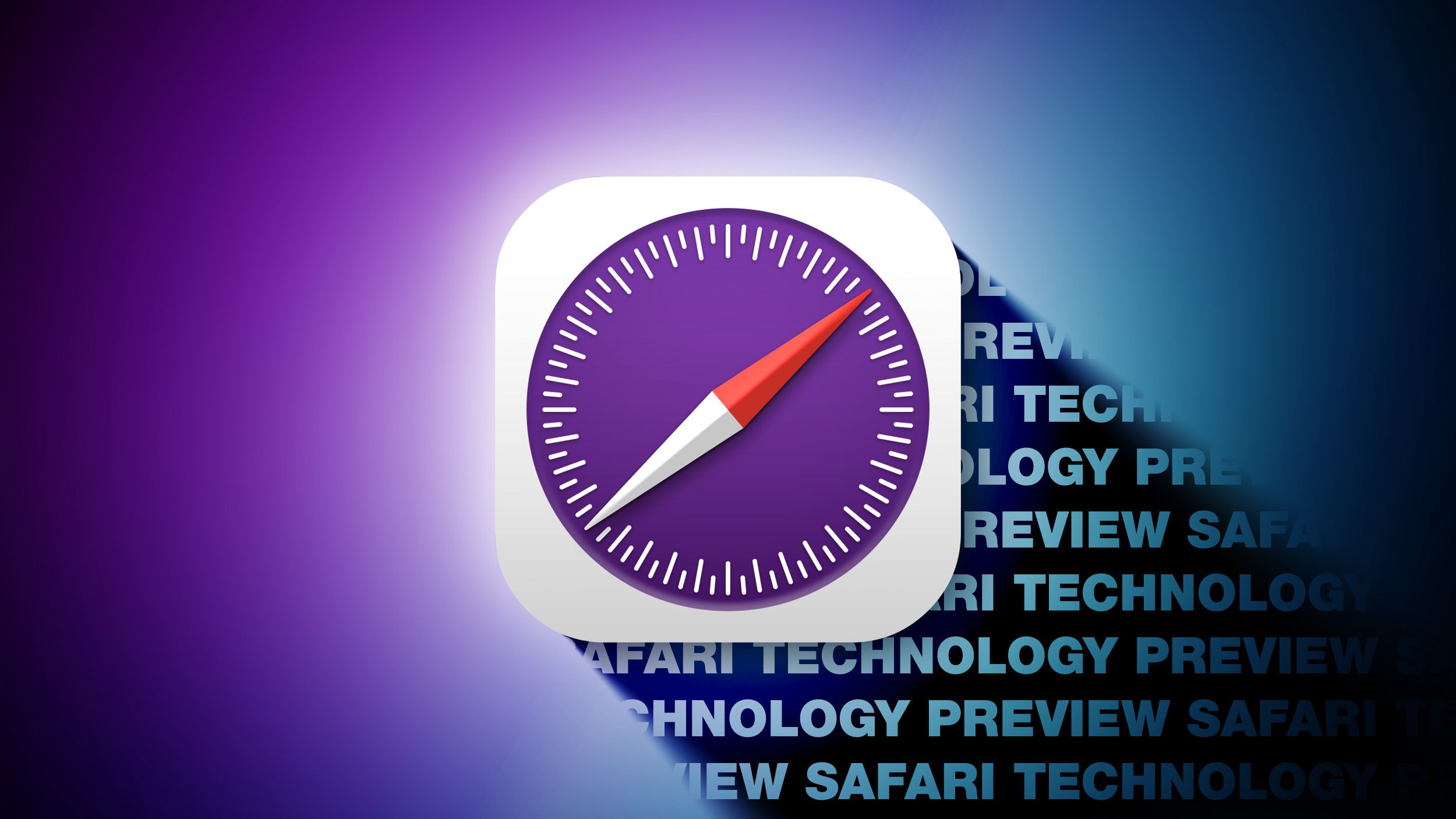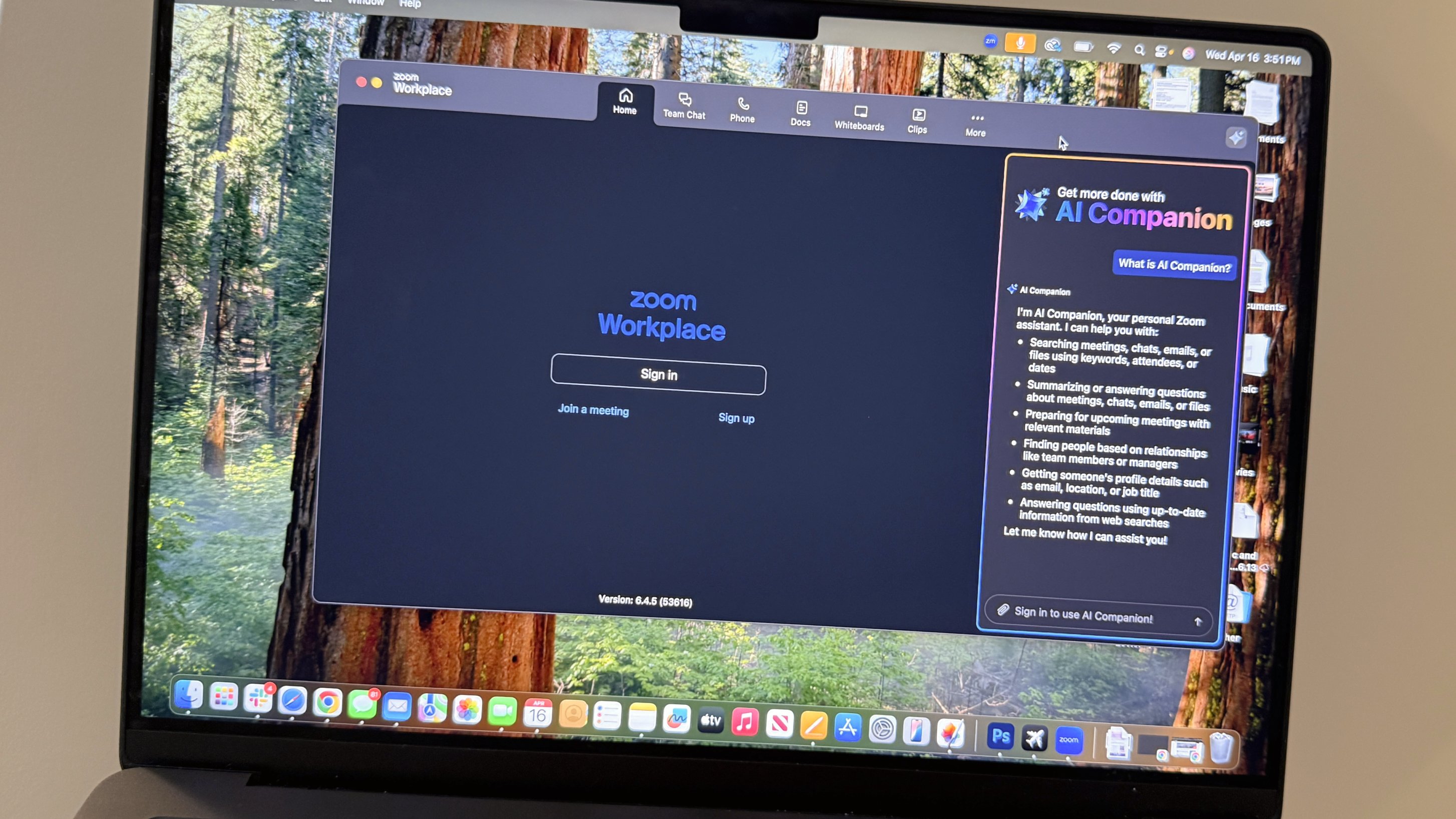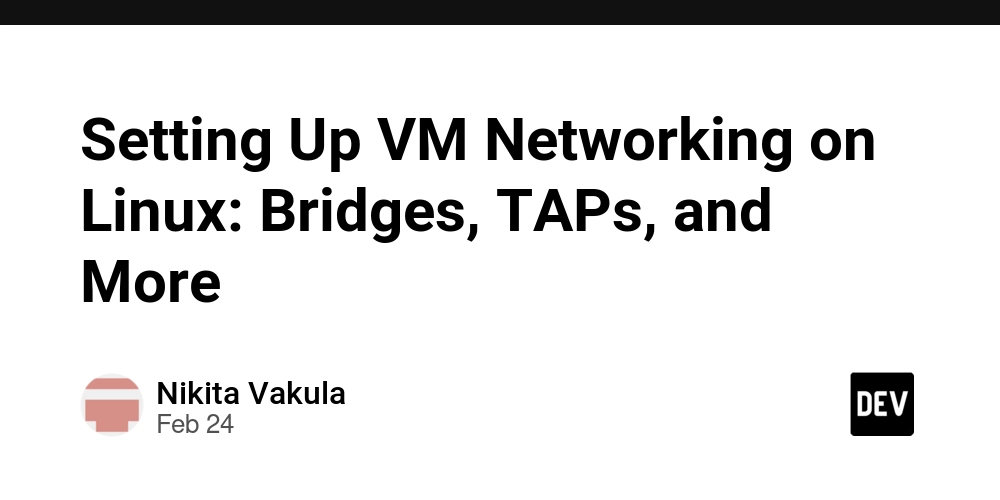Optimize API Upgrades With These Versioning Techniques
Building APIs is about establishing relationships with your users. When developers integrate with your API, they're counting on predictable behavior—but what happens when you need to make improvements? This is where versioning becomes crucial. Without it, you're stuck between innovation and stability—choosing whether to improve your system or maintain compatibility. With proper versioning, you get both. Think of API versioning as a promise to your users: "We'll move forward, but we won't leave you behind." Whether it's Twitter's URI paths or GitHub's Accept headers, effective versioning gives developers confidence that today's integrations will still work tomorrow. Ready to implement versioning that balances innovation with reliability? Let's dive into strategies that evolve your API without breaking existing integrations. The Business Case: Why Proper Versioning Impacts Your Bottom Line Breaking or Not? Understanding When to Create a New Version Versioning Strategies: Choosing the Right Path for Your API Coding it Up: Technical Implementation Guide Managing the Transition: How to Move Users Between Versions Avoiding Disaster: Common API Upgrade Pitfalls and How to Avoid Them Making Your API Future-Ready: The Path Forward The Business Case: Why Proper Versioning Impacts Your Bottom Line Unplanned and unversioned API changes don't just annoy developers—they destroy business value in real, measurable ways: Service Outages: When your API unexpectedly changes, your customers' applications break. This translates to direct revenue loss for them and support burdens for you. Partner Ecosystem Damage: Strategic partners that build on your API will face customer complaints and lost business when your changes break their integrations. This damages valuable business relationships that may have taken years to build. Technical Debt Accumulation: Teams often create quick workarounds to deal with broken APIs, leading to fragile architectures and maintenance challenges. Hidden Operational Costs: Consider these tangible expenses when APIs break: Engineering hours diverted to emergency fixes instead of new features Customer support teams overwhelmed with integration-related tickets Sales teams dealing with angry customers instead of closing new deals Legal teams addressing potential SLA violations Breaking or Not? Understanding When to Create a New Version When building and maintaining APIs, understanding the impact of changes is critical to maintaining a good developer experience. Not all API changes require versioning, but knowing when to create a new version can prevent breaking clients' integrations and maintain trust in your service. Types of API Changes Let's cut through the confusion—API changes come in two flavors: those that break stuff and those that don't.

Building APIs is about establishing relationships with your users. When developers integrate with your API, they're counting on predictable behavior—but what happens when you need to make improvements?
This is where versioning becomes crucial. Without it, you're stuck between innovation and stability—choosing whether to improve your system or maintain compatibility. With proper versioning, you get both.
Think of API versioning as a promise to your users: "We'll move forward, but we won't leave you behind." Whether it's Twitter's URI paths or GitHub's Accept headers, effective versioning gives developers confidence that today's integrations will still work tomorrow. Ready to implement versioning that balances innovation with reliability? Let's dive into strategies that evolve your API without breaking existing integrations.
- The Business Case: Why Proper Versioning Impacts Your Bottom Line
- Breaking or Not? Understanding When to Create a New Version
- Versioning Strategies: Choosing the Right Path for Your API
- Coding it Up: Technical Implementation Guide
- Managing the Transition: How to Move Users Between Versions
- Avoiding Disaster: Common API Upgrade Pitfalls and How to Avoid Them
- Making Your API Future-Ready: The Path Forward
The Business Case: Why Proper Versioning Impacts Your Bottom Line
Unplanned and unversioned API changes don't just annoy developers—they destroy business value in real, measurable ways:
- Service Outages: When your API unexpectedly changes, your customers' applications break. This translates to direct revenue loss for them and support burdens for you.
- Partner Ecosystem Damage: Strategic partners that build on your API will face customer complaints and lost business when your changes break their integrations. This damages valuable business relationships that may have taken years to build.
- Technical Debt Accumulation: Teams often create quick workarounds to deal with broken APIs, leading to fragile architectures and maintenance challenges.
- Hidden Operational Costs: Consider these tangible expenses when APIs break:
- Engineering hours diverted to emergency fixes instead of new features
- Customer support teams overwhelmed with integration-related tickets
- Sales teams dealing with angry customers instead of closing new deals
- Legal teams addressing potential SLA violations
Breaking or Not? Understanding When to Create a New Version
When building and maintaining APIs, understanding the impact of changes is critical to maintaining a good developer experience. Not all API changes require versioning, but knowing when to create a new version can prevent breaking clients' integrations and maintain trust in your service.
Types of API Changes
Let's cut through the confusion—API changes come in two flavors: those that break stuff and those that don't.









































































































































































![[The AI Show Episode 144]: ChatGPT’s New Memory, Shopify CEO’s Leaked “AI First” Memo, Google Cloud Next Releases, o3 and o4-mini Coming Soon & Llama 4’s Rocky Launch](https://www.marketingaiinstitute.com/hubfs/ep%20144%20cover.png)



































































































































































































![GrandChase tier list of the best characters available [April 2025]](https://media.pocketgamer.com/artwork/na-33057-1637756796/grandchase-ios-android-3rd-anniversary.jpg?#)













































.png?width=1920&height=1920&fit=bounds&quality=70&format=jpg&auto=webp#)






































































































![Global security vulnerability database gets 11 more months of funding [u]](https://photos5.appleinsider.com/gallery/63338-131616-62453-129471-61060-125967-51013-100774-49862-97722-Malware-Image-xl-xl-xl-(1)-xl-xl.jpg)

























![Apple M4 13-inch iPad Pro On Sale for $200 Off [Deal]](https://www.iclarified.com/images/news/97056/97056/97056-640.jpg)
![Apple Shares New 'Mac Does That' Ads for MacBook Pro [Video]](https://www.iclarified.com/images/news/97055/97055/97055-640.jpg)

![Apple Releases tvOS 18.4.1 for Apple TV [Download]](https://www.iclarified.com/images/news/97047/97047/97047-640.jpg)
































































































































